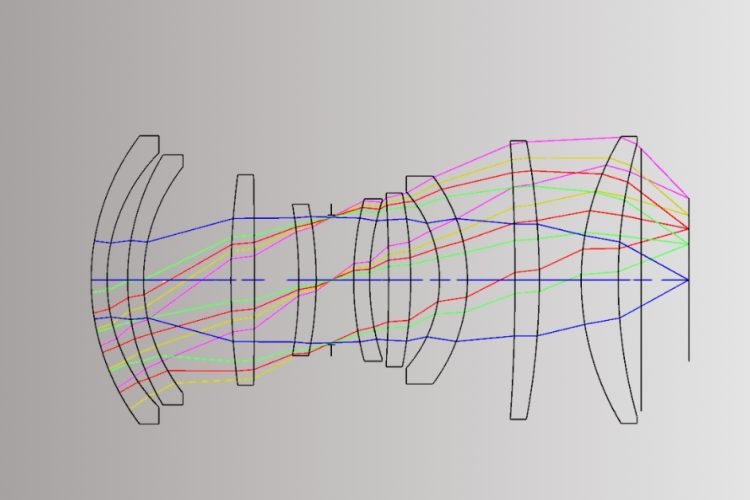SWIR Imaging Short wave infrared light is radiation with wavelengths in the range of 0.9 – 1.7μm. This light can penetrate materials that are impenetrable to visible light, making it ideal for industrial processing and quality check applications as well as for machine vision applications, surveillance, security, and natural resource management. Water vapor, fog, and […]











